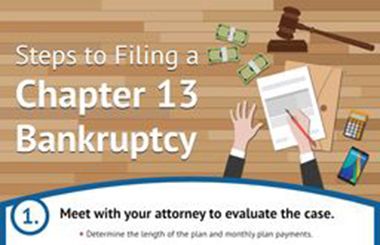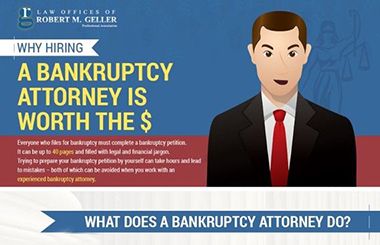
Home auctions are a common topic that arises when someone is faced with the prospect of bankruptcy. Bankruptcy protection for homeowners includes the ability to avoid foreclosure, but only in some instances. If you can’t bring your mortgage payments current, it puts your home at risk of being put up for auction.
What do you need to know about the home auction process in bankruptcy?
Bankruptcy Halts Foreclosure Efforts, But Only Temporarily
Both Chapter 7 and Chapter 13 bankruptcies protect against foreclosure. This occurs because of the automatic stay. As soon as your attorney files your bankruptcy petition and your mortgage lender is notified, they must stop all foreclosure actions. The automatic stay occurs even if you’ve received notification of a scheduled auction.
This is the fastest and easiest way to halt foreclosure and auction actions.
Order to Show Cause Offers Bankruptcy Protection for Homeowners
Another option is to file an Order to Show Cause in the foreclosure litigation against you. This method, like the previous one, stops foreclosure proceedings even after the bank schedules an auction. An Order to Show Cause (OSC) requests a Temporary Restraining Order halting the sale until the court has a chance to adjudicate your application. If the request is successful and a judge signs the order, the auction is put on hold.
Your bankruptcy attorney can cite a variety of grounds for the OSC the most common of which is to demonstrate a lack of service of process of the summons and complaint or to show the lender failed to meet certain pre-foreclosure conditions. There are several things the mortgage lender must do before it can proceed with scheduling and holding an auction for your home. For starters, the lender must wait at least 30 days before beginning any collection efforts. Within 30 days, they can only apply late fees and penalties.
Once 30 days have passed since your missed payment was due, the lender must notify you and extend an opportunity to bring your loan current. This might include refinancing or modifying the loan. From that point of contact, another 30 days must pass before the lender can file the 90-day notice of default. Once you receive that notice, 90 days must pass until they issue to you the 20-day notice of trustee sale. And, you guessed it, there will be another 20 days between that notice and the date of the auction.
Time Might Be on Your Side
Up until five days before the auction date, homeowners have the option of reinstating their mortgage loan – bringing it current – and eliminating the need for the auction.
It’s important to remember that both filing for bankruptcy and filing an Order to Show Cause buys homeowners time to determine their next step. In many cases, this means modifying the terms of the loan to make it more affordable. Homeowners less concerned with retaining ownership of their homes might opt for a short sale.
Understanding what you can do once you’ve fallen behind on your mortgage is essential if you want to reduce your risk of foreclosure. In many cases, filing for bankruptcy is the best option available to homeowners. Depending on the chapter they choose and the specifics of their case, bankruptcy could provide an opportunity to retain ownership of their home.
If you’d like to discuss your options or you’re ready to move forward with bankruptcy, contact the Law Office of Robert M. Geller at 813-254-5696 to discuss your case.



























![Signs That You May Need to File Bankruptcy [Infographic]](https://djml3wkzi26ea.cloudfront.net/wp-content/uploads/2021/01/signs-chap7-v-chap13.jpg)
![How To File for Bankruptcy [Infographic]](https://djml3wkzi26ea.cloudfront.net/wp-content/uploads/2020/07/bankruptcy-steps-infographic-web.jpg)










